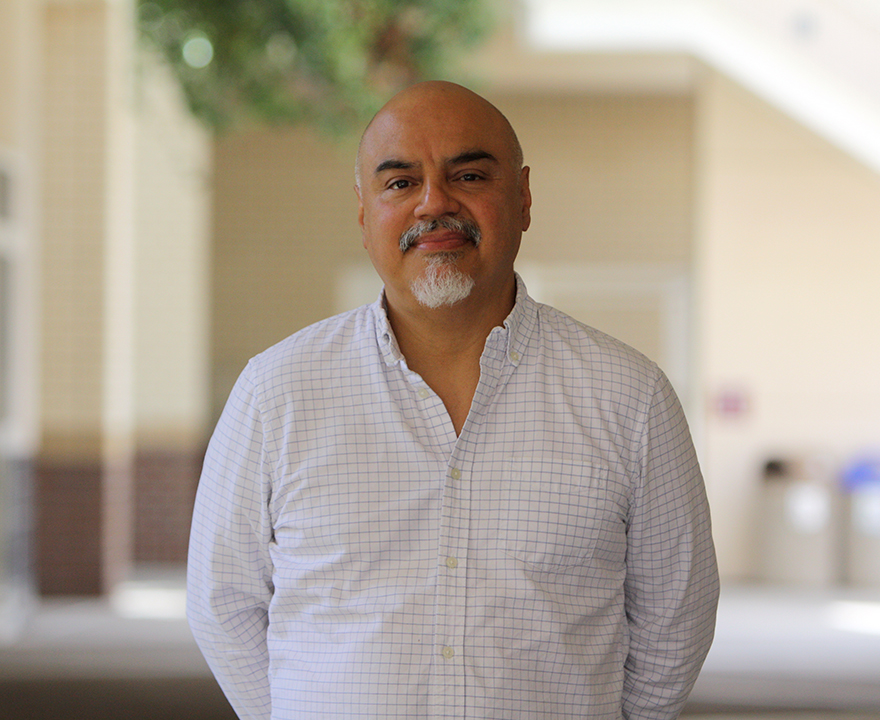Opinion: The Tragic Story Called 'United States History'

Opinion: The Tragic Story Called 'United States History'
- August 7, 2019
- Hector Tobar, Chicanot/Latino studies and history, in The New York Times
-----
In the cities and towns of California, Colorado, Arizona and other Western states, there are countless highways of memory leading back to El Paso. That Texas border town on the Rio Grande, site of a horrific mass shooting on Saturday, is the Ellis Island of the American Southwest.
My mother-in-law, now in her 80s, lives in Los Angeles but was born in neighboring Ciudad Juárez, Mexico, and lived in El Paso, too; she can remember a time when residents of the two sister cities flowed back and forth easily on the bridges across the river. And every summer and winter vacation season, thousands of American families drive through El Paso on journeys to see their Mexican relatives.
“It was still pitch black, but a light shined on the American and Mexican flag,” one of my California university students wrote recently, describing a night drive through El Paso and Juárez. “Both stood tall with pride.”
Saturday’s attack on El Paso was an attack on the Mexican heritage of millions of Americans — and also part of a history of white supremacist and nativist acts in Texas across three centuries.
-----
Read on in The New York Times: https://www.nytimes.com/2019/08/07/opinion/el-paso-attack-history.html
-----
Would you like to get more involved with the social sciences? Email us at communications@socsci.uci.edu to connect.
Share on:
Related News Items
- Careet RightLA's long history as a testing ground for immigrant rights
- Careet RightWhat the Festival of Books means to its authors, as told by Pulitzer winner Héctor Tobar
- Careet RightCalling All Bookworms--Enter the Book in Common Challenge
- Careet RightZoe Saldaña apologizes to Oscars 2025 reporter over 'hurtful' 'Emilia Pérez'
- Careet RightWhat 'Emilia Pérez' gets wrong about Mexico: 'It's a cartoon'


